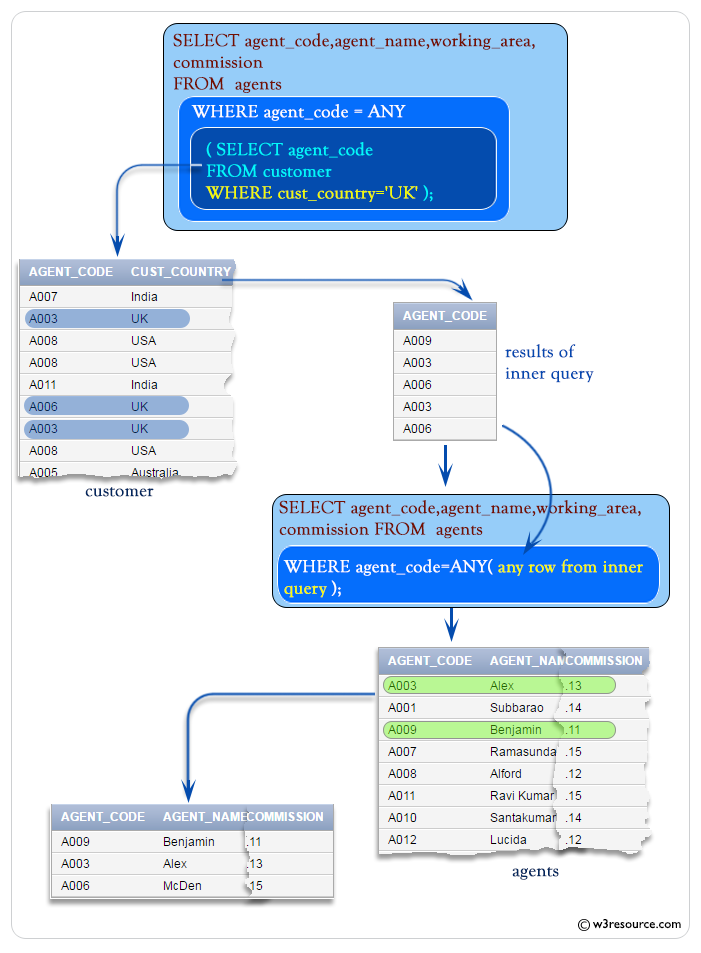Mysql Php Update Multiple Columns In Mysql

In this tutorial you will learn how to update the records in a MySQL database table using the SQL UPDATE query in PHP. PHP MySQL UPDATE Query. WHERE column.
Condition; In the UPDATE statement: • First, specify the table name that you want to update data after the UPDATE keyword. • Second, the SET clause specifies which column that you want to modify and the new values. To update multiple columns, you use a list comma-separated assignments. You supply the value in each column’s assignment in the form of a literal value, an expression, or a. • Third, specify which rows to be updated using a condition in the. The WHERE clause is optional.
Cara Instal Driver Printer Epson C90 Az. If you omit the WHERE clause, the UPDATE statement will update all rows in the table. Notice that the WHERE clause is so important that you should not forget. Sometimes, you may want to change just one row; However, you may forget the WHERE clause and accidentally updates all the rows in the table. MySQL supports two modifiers in the UPDATE statement. • The LOW_PRIORITY modifier instructs the UPDATE statement to delay the update until there is no connection reading data from the table. Mantra Pushpam In Telugu Pdf Free Download here.
The LOW_PRIORITY takes effect for the that use table-level only, for example, MyISAM, MERGE, MEMORY. • The IGNORE modifier enables the UPDATE statement to continue updating rows even if errors occurred.
The rows that cause errors such as duplicate-key conflicts are not updated. MySQL UPDATE examples Let’s practice the UPDATE statement with some tables in the MySQL UPDATE a single column example In this example, we are going to update the email of Mary Patterson to the new email mary.patterso@classicmodelcars.com. First, to make sure that we update the email successfully, we query Mary’s email from the employees table using the following statement.
I am trying to understand how to UPDATE multiple rows with different values and I just don't get it. The solution is everywhere but to me it looks difficult to understand.
For instance, three updates into 1 query: UPDATE table_users SET cod_user = '622057', date = '12082014' WHERE user_rol = 'student' AND cod_office = '123456'; UPDATE table_users SET cod_user = '2913659', date = '12082014' WHERE user_rol = 'assistant' AND cod_office = '123456'; UPDATE table_users SET cod_user = '6160230', date = '12082014' WHERE user_rol = 'admin' AND cod_office = '123456'; I an example, but I really don't understand how to make the query. I.e: UPDATE table_to_update SET cod_user= IF(cod_office = '123456','622057','2913659','6160230'),date = IF(cod_office = '123456','12082014') WHERE?? IN (??); I'm not entirely clear how to do the query if there are multiple condition in the WHERE and in the IF condition.any ideas? MySQL allows a more readable way to combine multiple updates into a single query.
This seems to better fit the scenario you describe, is much easier to read, and avoids those difficult-to-untangle multiple conditions. INSERT INTO table_users (cod_user, date, user_rol, cod_office) VALUES ('622057', '12082014', 'student', '123456'), ('2913659', '12082014', 'assistant','123456'), ('6160230', '12082014', 'admin', '123456') ON DUPLICATE KEY UPDATE cod_user=VALUES(cod_user), date=VALUES(date) This assumes that the user_rol, cod_office combination is a primary key. If only one of these is the PK, then add the other field to the UPDATE list. If neither of them is a primary key (that seems unlikely) then this approach will always create new records - probably not what is wanted.
However, this approach makes prepared statements easier to build and more concise.